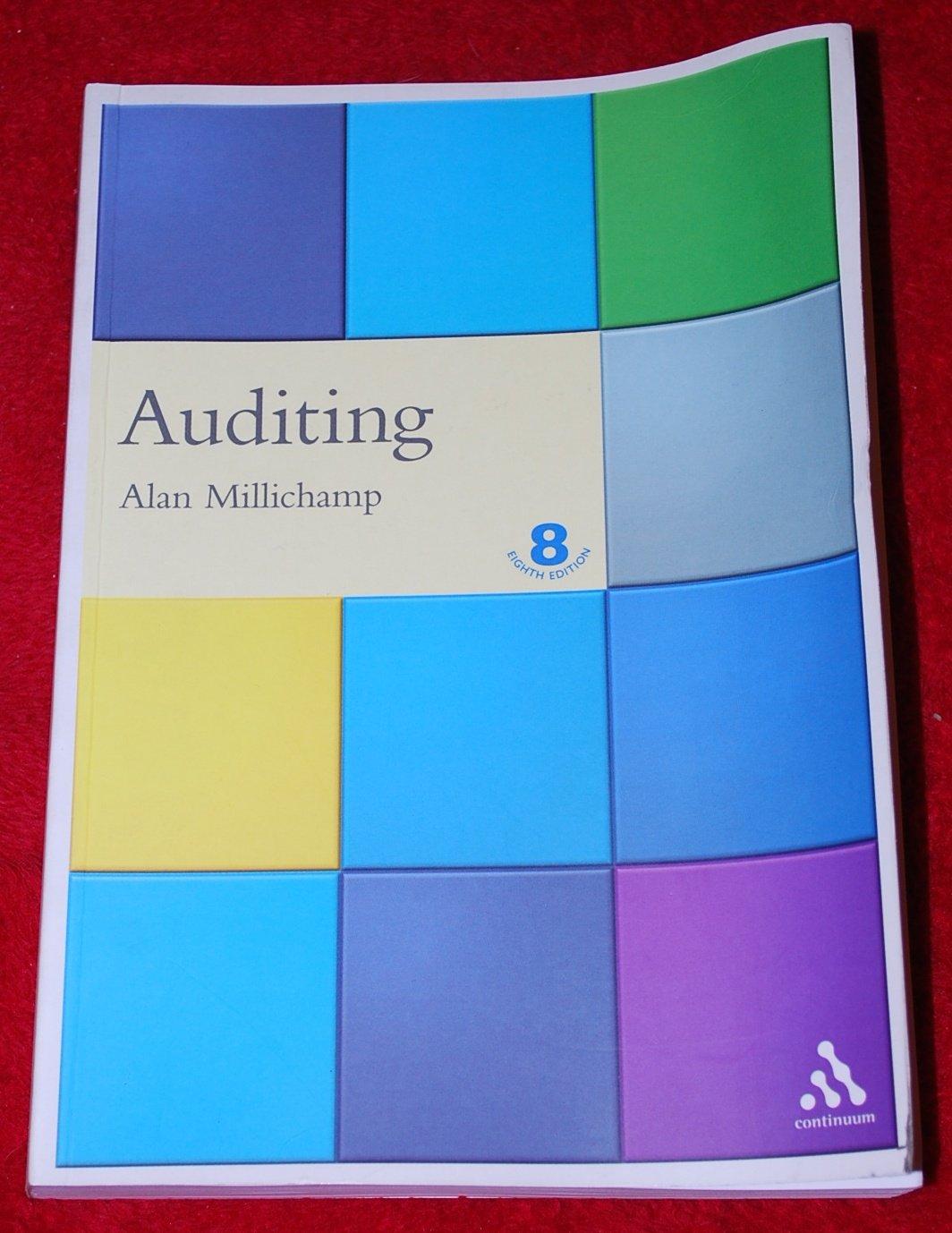Problem 5-1A Perpetual: Alternative cost flows LO P1 [The following information applies to the questions displayed below) Warnerwoods Company uses a perpetual inventory system. It entered into the following purchases and sales transactions for March Units Sold at Retail Units Acquired at Cost 60 units a $50.20 per unit 205 units @ $55.20 per unit Date Activities Mar1 Beginning inventory Mar. 5 Purchase Mar. 9 Sales Mar. 18 Purchase Mar. 25 Purchase Mar. 29 Sales Totals 220 units @ $85 20 per unit 65 units @ $60.20 per unit 110 units @ $62.20 per unit 90 units @ $95 20 per unit 310 units 440 units References Section Break Problem 5-1A Perpetual Alternative cost flows LO Award: 3.00 points Problem 5-1A Part 3 Perpetual FIFO Perpetual LIFO Weighted Average Specific Id Compute the cost assigned to ending inventory using FIFO. Perpetual FIFO: Goods Purchased # of Cost per units unit Cost of Goods Sold Cost per unit Cost of Goods Sold Date # of units sold Inventory Balance # of units Cost per Inventory Balance 60 @ $50.20 = $ 3,012.00 unit March 1 March 5 March 9 March 18 March 25 March 29 Perpetual FIFO Perpetual LIFO Weighted Average Specific id Compute the cost assigned to ending Inventory using LIFO. Perpetual LIFO: Goods Purchased Cost of Goods Sold # of Date Cost per #of units Cost per units unit sold unit Cost of Goods Sold March 1 Inventory Balance #of units Cost per Inventory unit Balance 60 @ $50 20 = $ 3,012.00 March 5 March 9 March 18 March 25 March 29 Perpetual FIFO Perpetual LIFO Average Specific Id Compute the cost assigned to ending inventory using weighted average. (Round your average cost per unit to 2 decimal places.) Weighted Average Perpetual: Goods Purchased # of Cost per Date units unit March 1 Cost of Goods Sold # of units Cost per cost of Goods Sold sold unit LOST OF Goods Sold Inventory Balance # of units Cost per # of units Inventory Balance 60 @ $50.20 = $ 3,012.00 March 5 Average March 9 March 18 Average March 25 March 29 Totals 122 1219. DOMICILIO Perpetual FIFO Perpetual LIFO Average Specific Id Compute the cost assigned to ending inventory using specific identification. For specific identification, the March 9 sale consisted of 45 units from beginning inventory and 175 units from the March 5 purchase; the March 29 sale consisted of 25 units from the March 18 purchase and 65 units from the March 25 purchase. Specific Identification: Goods Purchased # of Cost per Date unit March 1 Cost of Goods Sold # of units Cost per Cost of Goods sold unit Sold Inventory Balance # of units cost pe Inventory Balance 60 @ $5020 S 3,012.00 March 5 March 9 March 18 March 29 Problem 5-1A Perpetual: Alternative cost flows LO P1 The following information applies to the questions displayed below.) Warnerwoods Company uses a perpetual Inventory system. It entered into the following purchases and sales transactions for March Units Sold at Retail Units Acquired at Cast 60 units @ $50.20 per unit 205 units $55.20 per unit Activities Mar. 1 Beginning inventory Mar. 5 Purchase Mar. 9 Sales Mar. 18 Purchase Mar. 25 Purchase Mar. 29 Sales Totals 220 units@ $85.20 per unit 65 units 110 units $60.20 per unit $62.20 per unit 90 unitse $95.20 per unit 310 units 440 units Problem 5-1A Part 4 4. Compute gross profit earned by the company for each of the four costing methods. For specific identification, the March 9 sale consisted of 45 units from beginning inventory and 175 units from the March 5 purchase the March 29 sale consisted of 25 units from the March 18 purchase and 65 units from the March 25 purchase. (Round weighted average cost per unit to two decimals and final answers to nearest whole dollar.) FIFO LIFO Avg. Cost Spec.ID Sales Less: Cost of goods sold Gross profit












